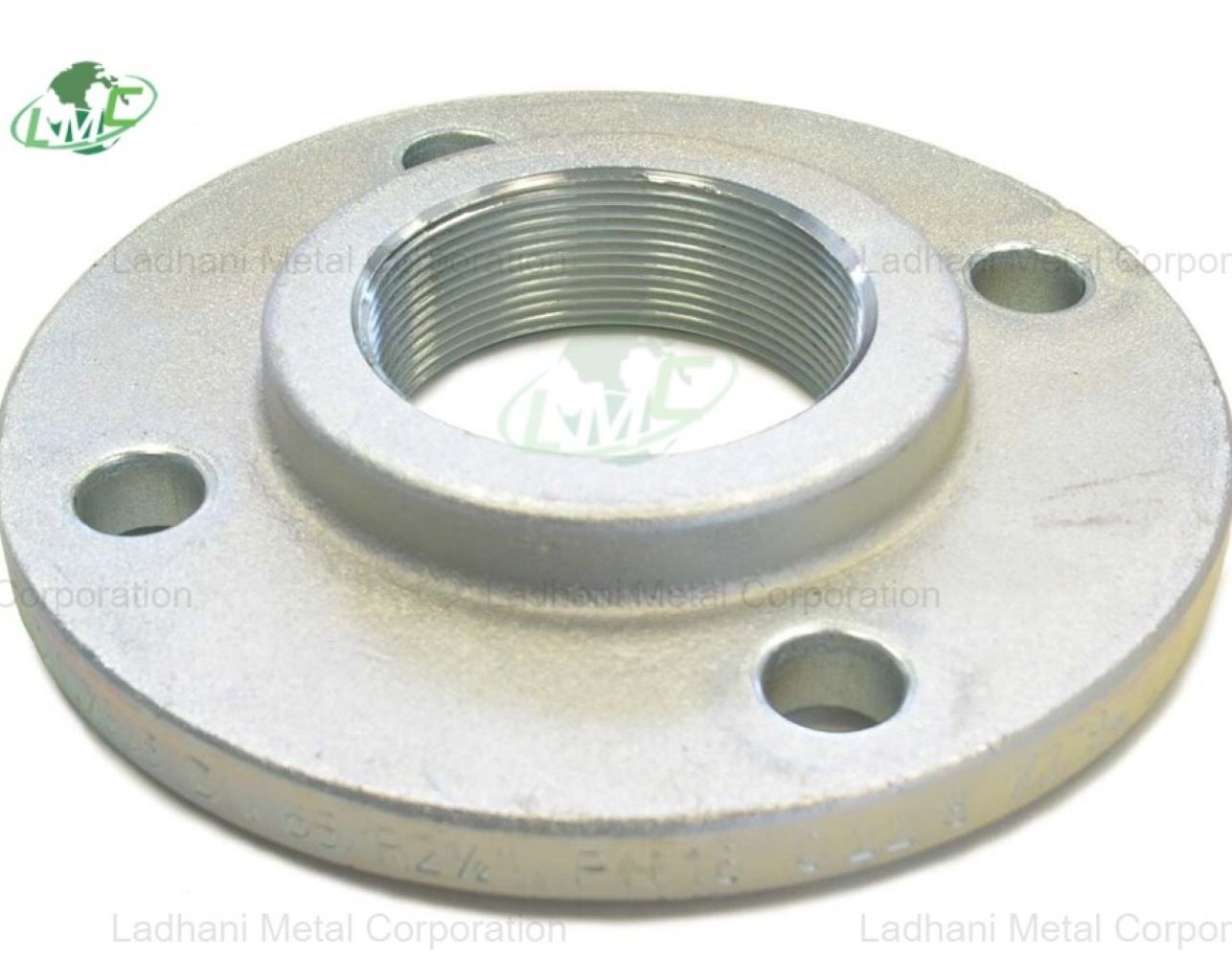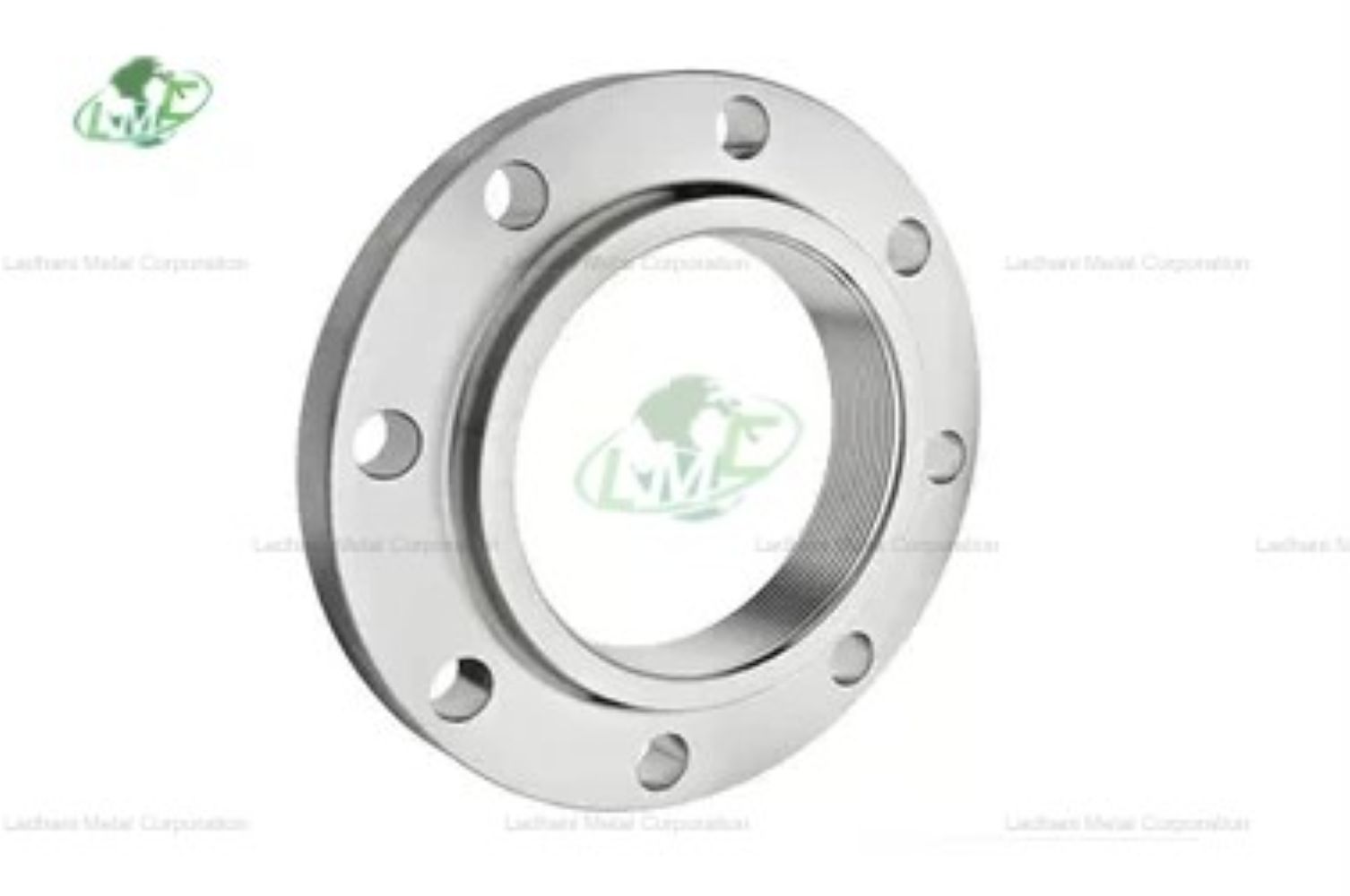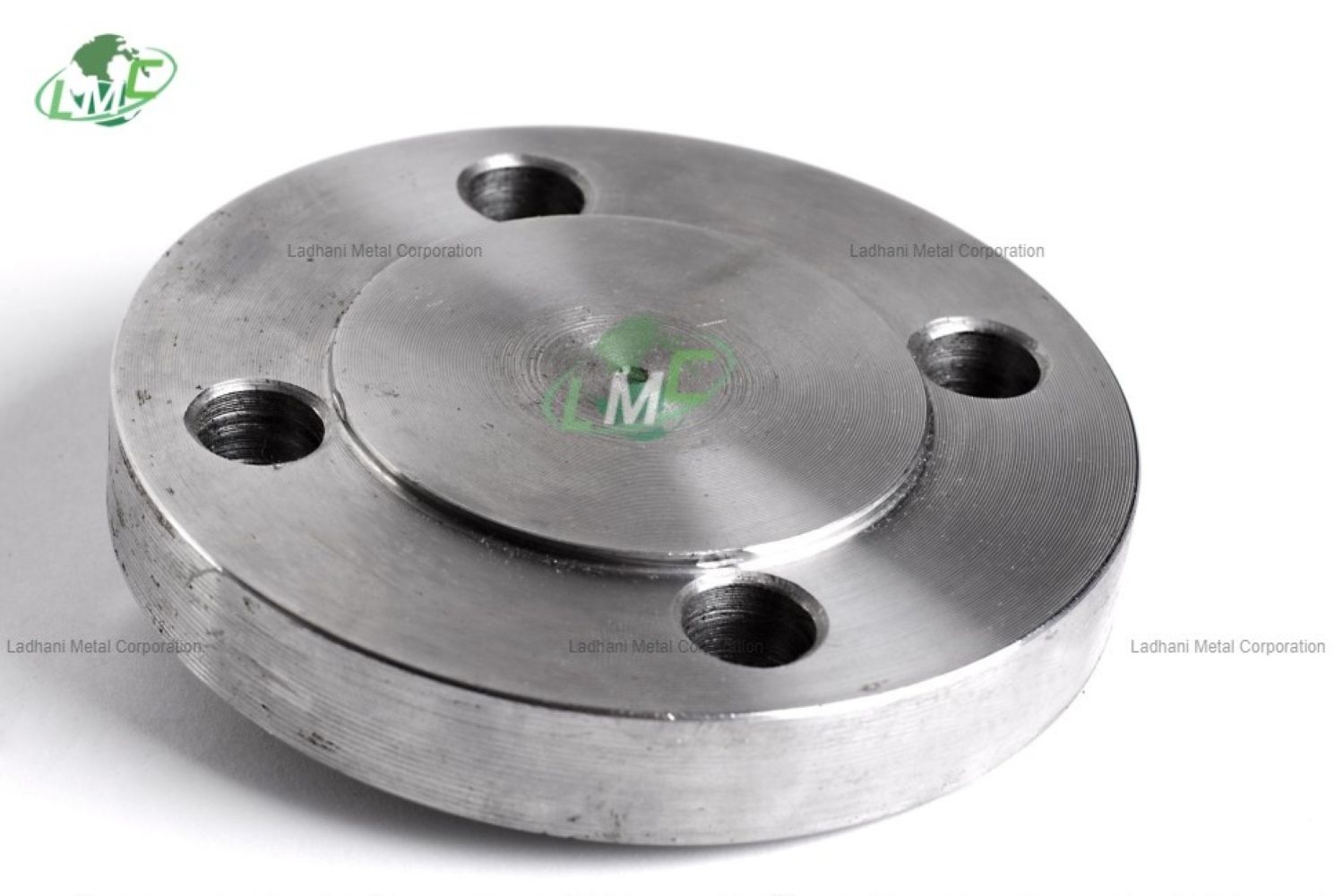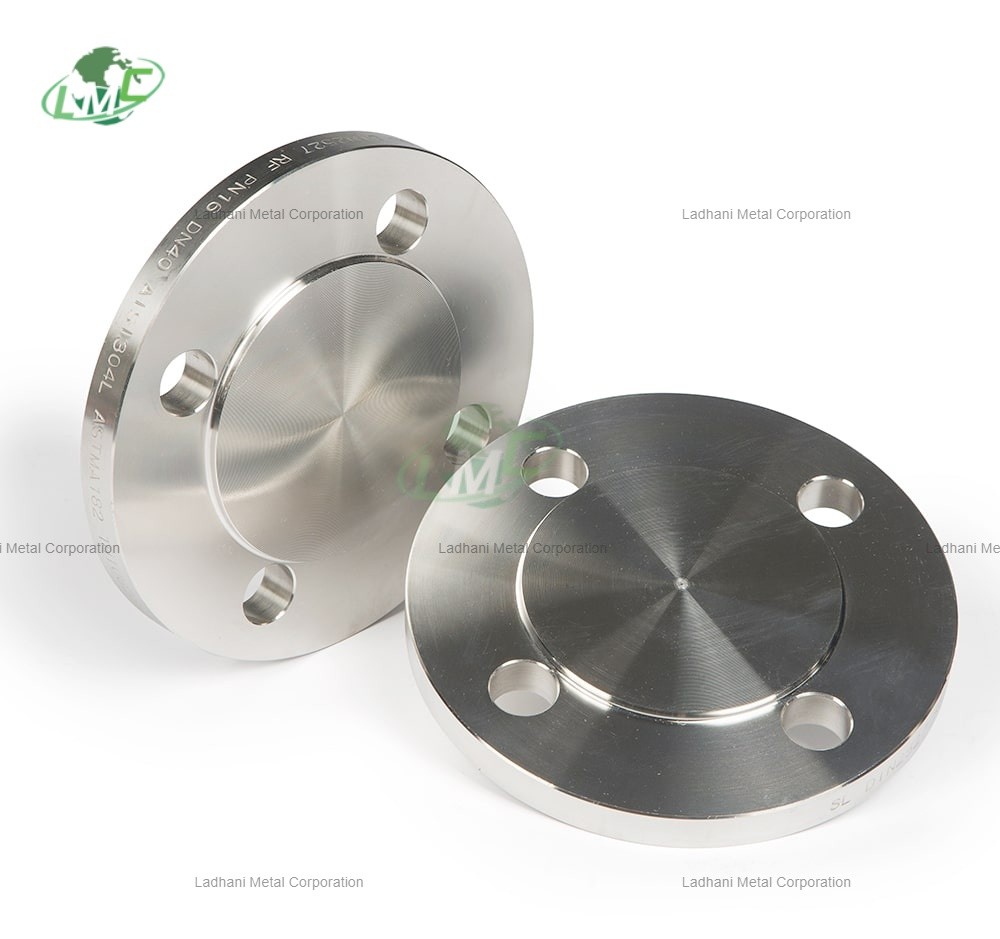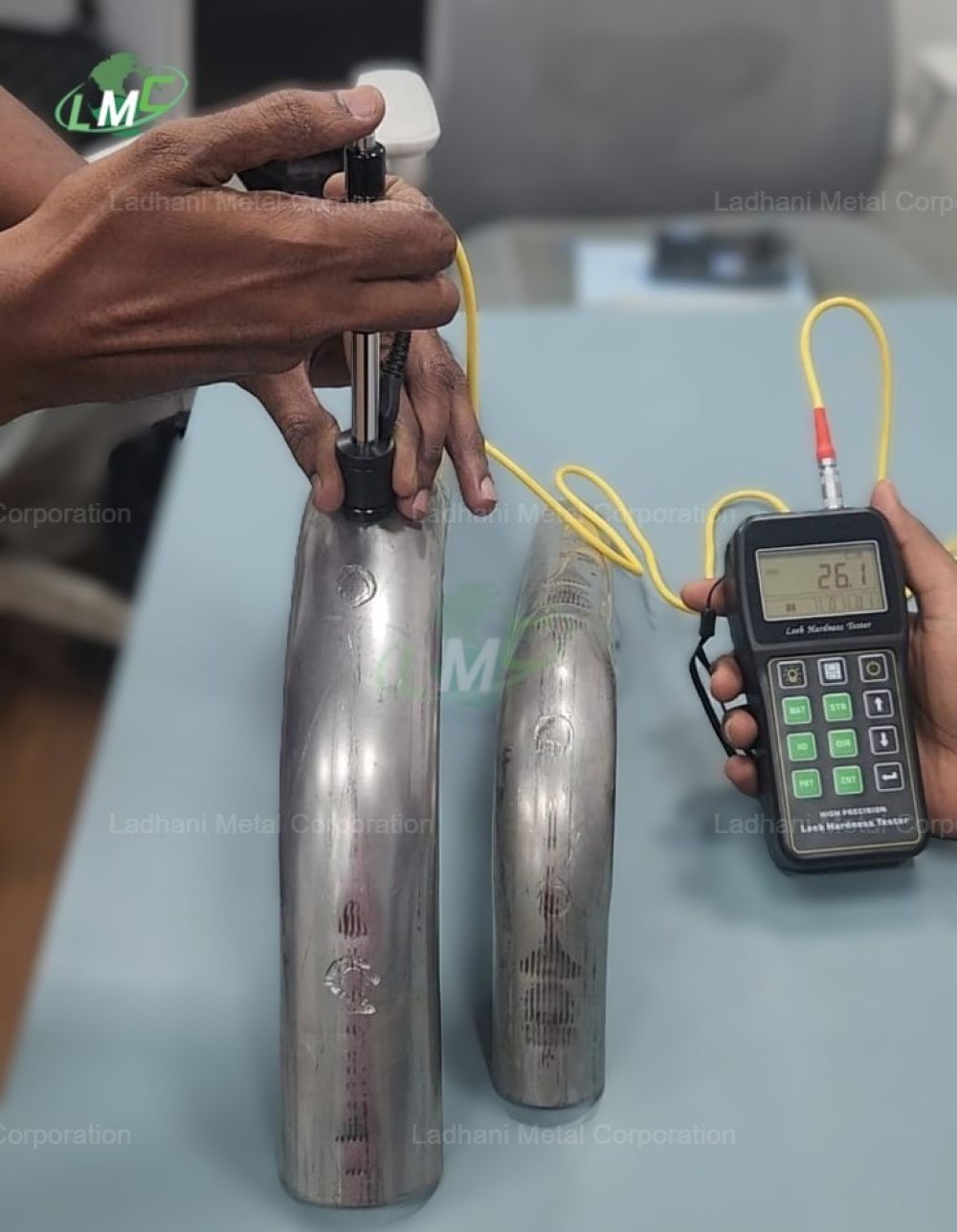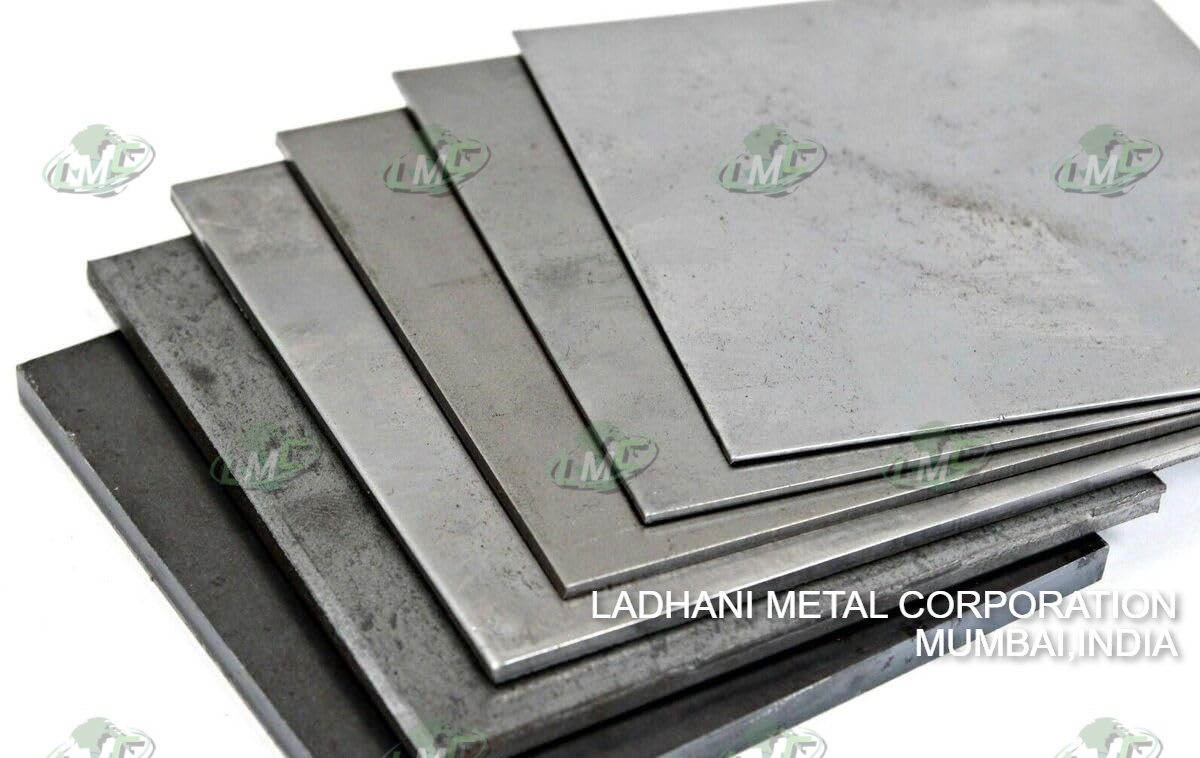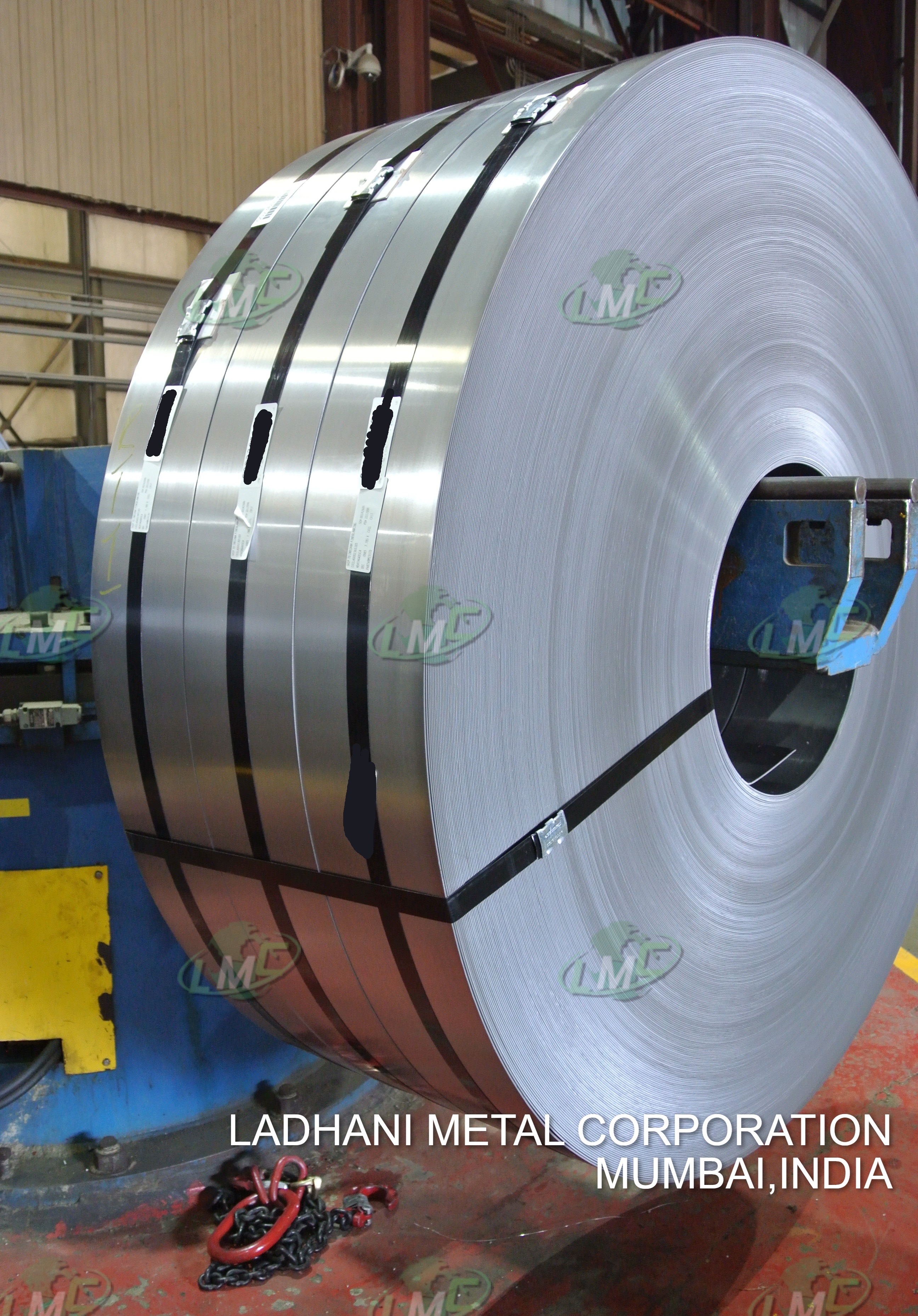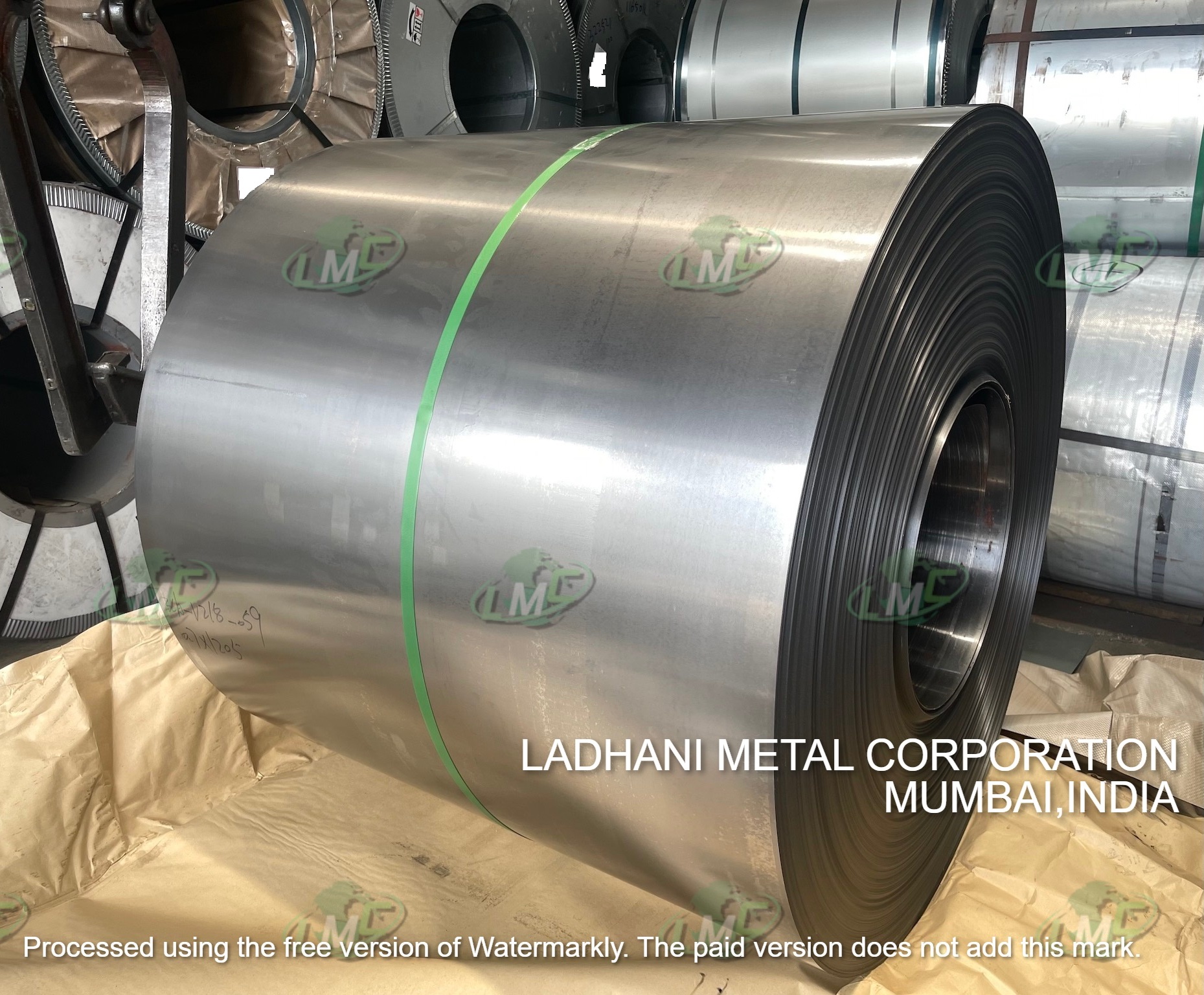DIN 2566 super duplex flanges PN 16 are engineered for superior mechanical strength and excellent corrosion resistance in medium-pressure threaded piping systems. These flanges are manufactured in accordance with DIN 2566 standards and are designed for use in harsh environments where conventional stainless steel flanges may not perform reliably. With a threaded, non-welded design, they are ideal for systems that require ease of installation and frequent maintenance access. Ladhani Metal Corporation is a reputed manufacturer and exporter of super duplex stainless steel flanges, offering high-performance products with excellent dimensional accuracy, strength, and resistance to pitting, crevice corrosion, and stress corrosion cracking. These flanges are well-suited for demanding industries such as oil and gas, desalination, chemical processing, and offshore engineering. Flange Types: • Threaded (Screwed) Flanges: Quick and easy to install without welding; ideal for systems that require regular disassembly or adjustments. • Raised Face (RF) Flanges: Enhances gasket compression by focusing pressure on a smaller surface area for improved sealing. • Flat Face (FF) Flanges: Used in systems with flat-sealing surfaces, especially in low-pressure or brittle material connections. • Forged Threaded Flanges: Manufactured through precision forging to achieve superior strength, tight tolerances, and impact resistance. • Custom-Machined Flanges: Available in custom sizes, pressure ratings, and face types as per project specifications. Available Super Duplex Grade and Composition: 1. Super Duplex 2507 (UNS S32750) • Chromium (Cr): 24.0 – 26.0% • Nickel (Ni): 6.0 – 8.0% • Molybdenum (Mo): 3.0 – 5.0% • Nitrogen (N): 0.24 – 0.32% • Carbon (C): ≤ 0.030% • Manganese (Mn): ≤ 1.2% • Silicon (Si): ≤ 0.80% Applications: Super Duplex 2507 is used in highly corrosive environments where strength and corrosion resistance are paramount. Typical applications include subsea and offshore structures, chemical process systems, high-salinity water handling, pressure vessels, and marine components. Applications of DIN 2566 Super Duplex Flanges: • Offshore Oil & Gas: Withstands harsh subsea conditions and sour service • Desalination and Water Treatment: Excellent in brine and chlorinated environments • Chemical and Petrochemical Industries: Handles aggressive process chemicals with ease • Marine and Shipbuilding: High durability in saltwater and humid environments • Structural and High-Pressure Piping: Suitable for critical load-bearing and high-stress systems Key Features: • Manufactured to DIN 2566 standard with PN 16 pressure rating • Exceptional corrosion resistance, especially against chlorides and sulfides • Very high tensile and yield strength • Threaded connection for fast and weld-free installation • Outstanding resistance to stress corrosion cracking and erosion • Supplied with material test certificates, third-party inspection (if required), and traceability documentation Conclusion: DIN 2566 super duplex flanges PN 16 from Ladhani Metal Corporation provide unmatched performance in extreme environments where both high strength and superior corrosion resistance are essential. Engineered for long service life with minimal maintenance, these flanges are the preferred solution for the most demanding industrial and marine applications. For inquiries, technical specifications, or project-based customization, contact Ladhani Metal Corporation today.
Send Message
